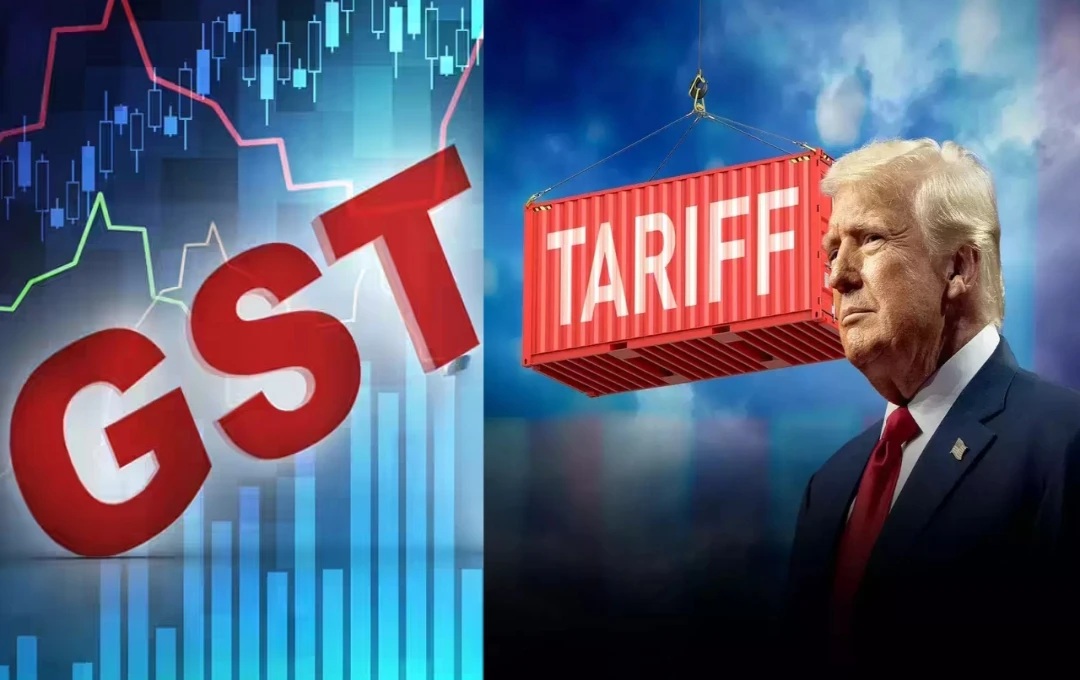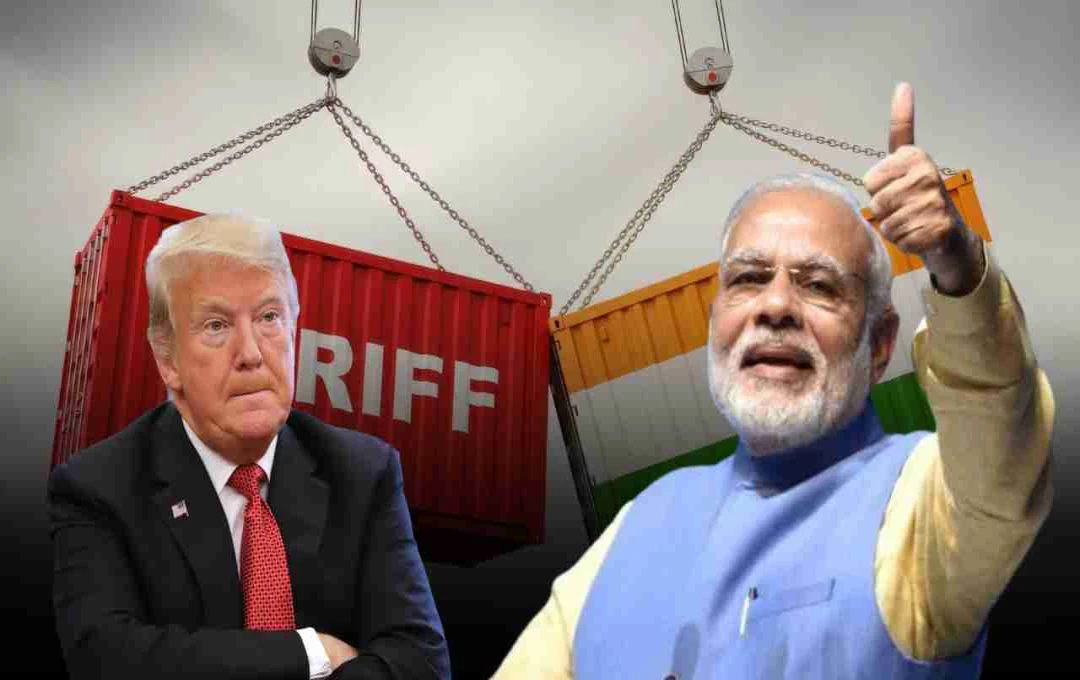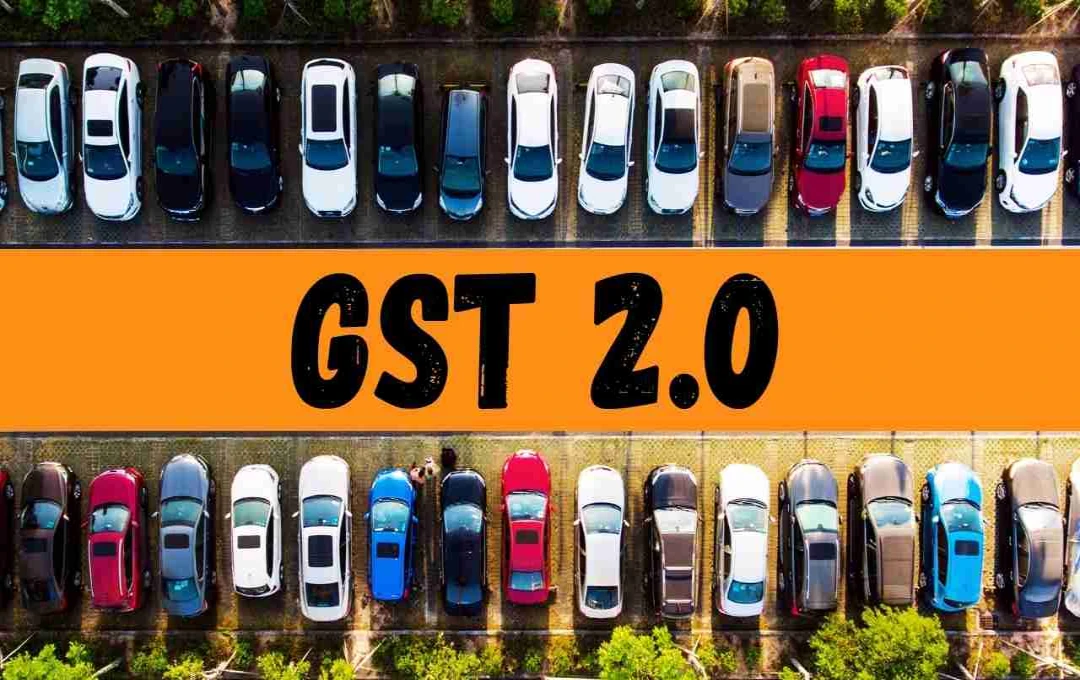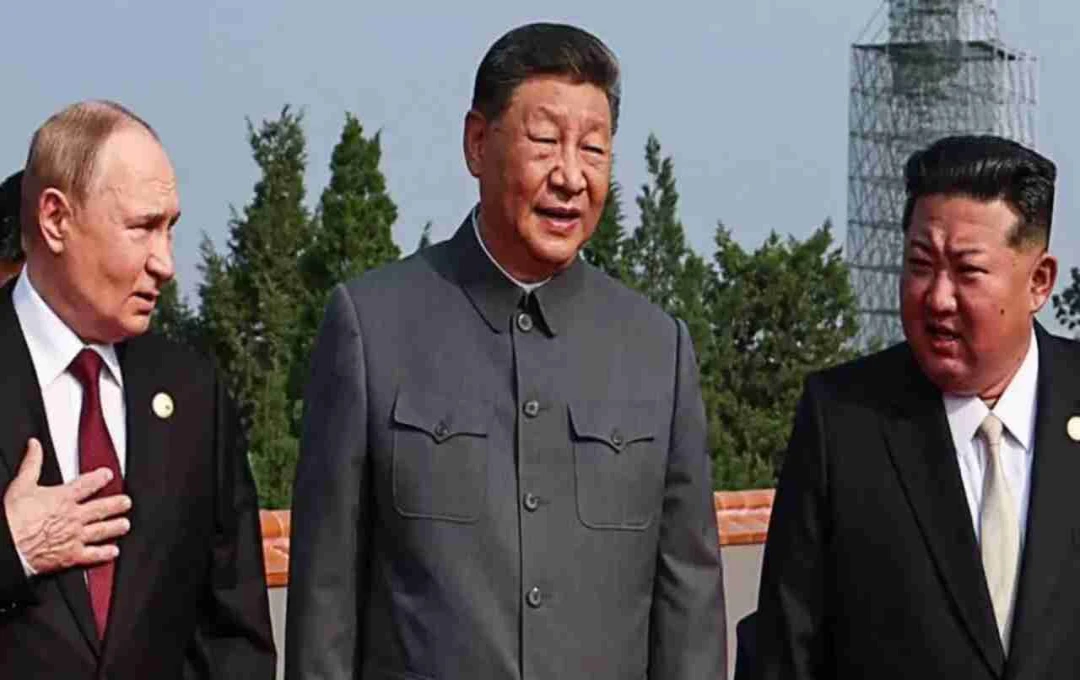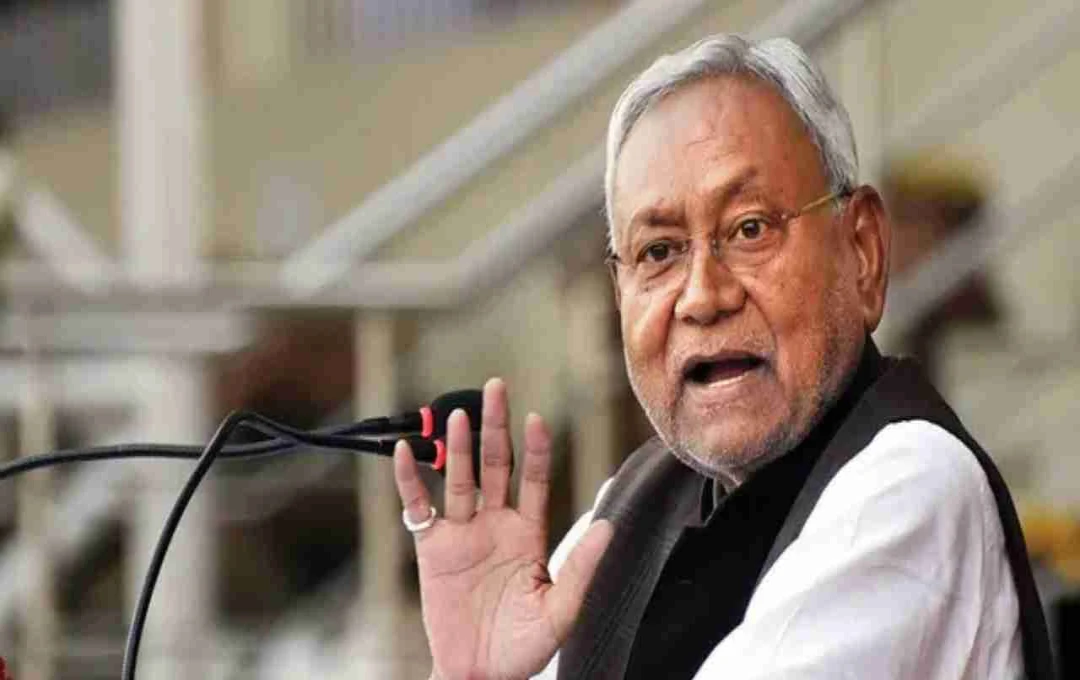According to Nomura's report, the US will maintain a 25% reciprocal tariff on India this fiscal year 26, but the 25% secondary tariff may be removed after November 2025. Demand and consumption in India will be boosted after GST reforms. Additionally, the RBI may reduce the repo rate by 25 basis points to 5% in October-December.
Trump Tariff: A report by Nomura brokerage firm states that the US will maintain the 25% reciprocal tariff on exports from India until fiscal year 26, while the secondary tariff may be removed after November 2025. Domestic economy and consumers have received relief after GST reforms. The report also estimates that the RBI may reduce policy rates by 25 basis points in October and December, bringing the repo rate down to 5%, which will boost growth.
Nomura's Report

As per Nomura's report, reciprocal tariffs will remain at 25 percent until fiscal year 2026. However, the additional 25 percent penalty will be removed after November. The report also states that the secondary tariff related to Russia will remain in effect for three months. This may also be removed if some agreement is reached.
Nomura clarified that the 25 percent mutual duty will continue due to the lack of agreement between India and the US on agriculture and certain other demands. They mentioned that this rate is higher compared to Asian competitors, whose tariff rates are around 19-20 percent.
Why America Imposed Tariffs
America has imposed a total of 50 percent tariff on products exported from India since August 27. This includes a 25 percent secondary tariff, imposed as a penalty for purchasing oil from Russia. This tariff is likely to affect several industries, including textiles, agricultural products, and the auto sector. America exports the most goods from these sectors, so India may also see its impact.
Impact of GST Reforms
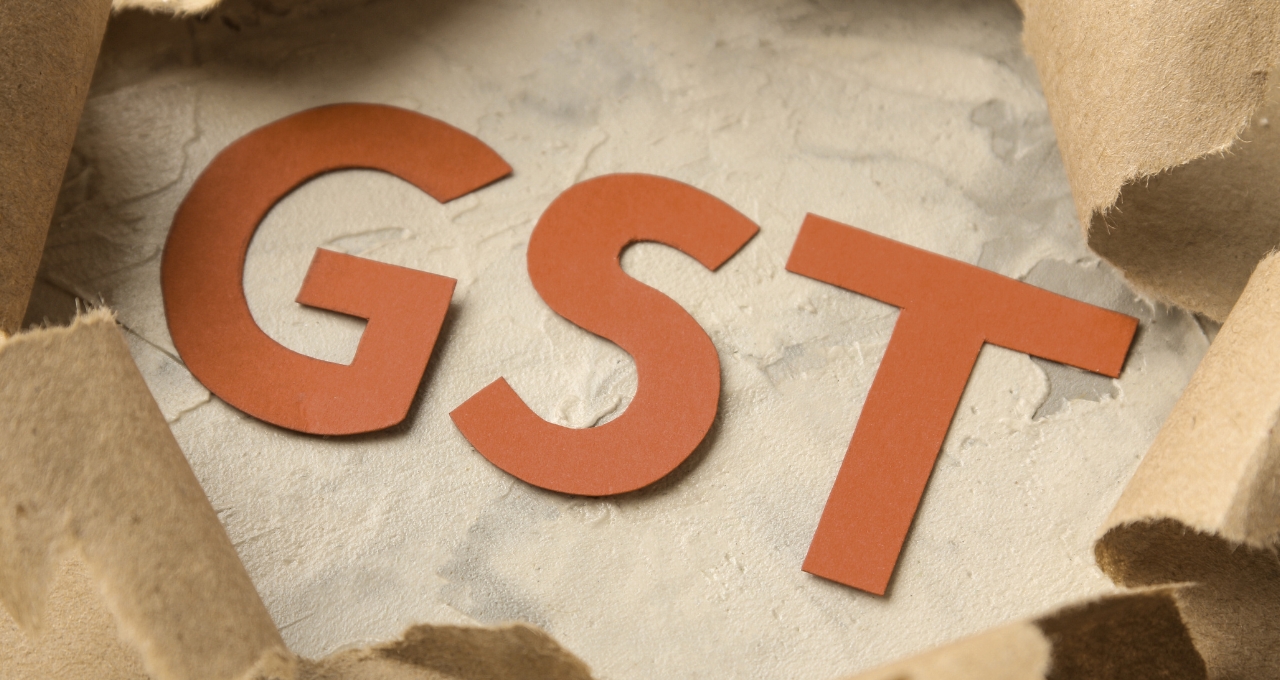
Recently implemented GST reforms have strengthened the Indian economy. The slabs of 12 and 28 percent have been abolished, and only slabs of 5 and 18 percent have been created. Additionally, a special slab of 40 percent has been implemented on luxury goods. This reform has had a positive impact on the common man's pocket. Demand and consumption in the market are expected to increase.
Nomura stated that GST reforms are positive in the medium term. This will improve the business environment and encourage investment.
Potential Reduction in Interest Rates
Nomura also stated that inflation in India is controlled within the RBI's price band, and risks to the growth rate are increasing. In such a scenario, the Reserve Bank of India (RBI) may reduce policy rates by 25 basis points in October and December. If this step is taken, the repo rate will become 5 percent by the end of 2025. This move will strengthen the banking and financial sector.
Impact on Exporters and Industries
If US tariffs are reduced, India's textile, auto, agriculture, and other major export sectors will benefit. This will make product prices competitive, and the demand for Indian goods in foreign markets may increase. This news has brought positive signals for investors and traders.
